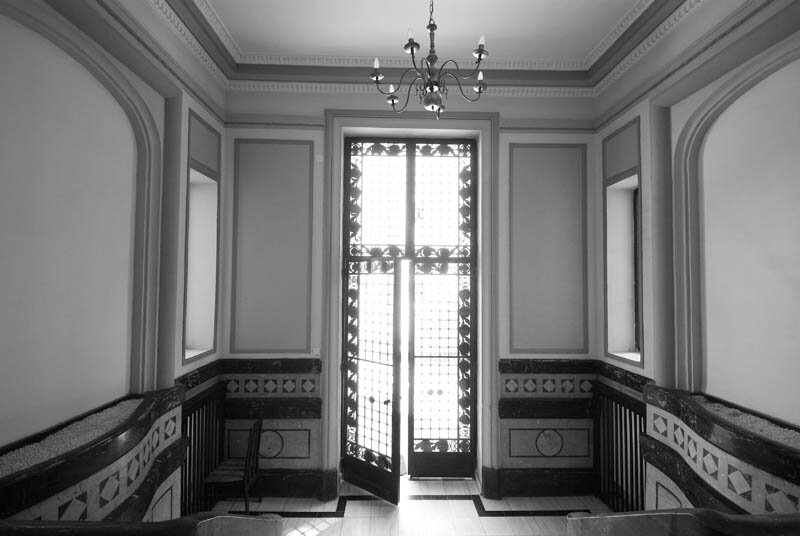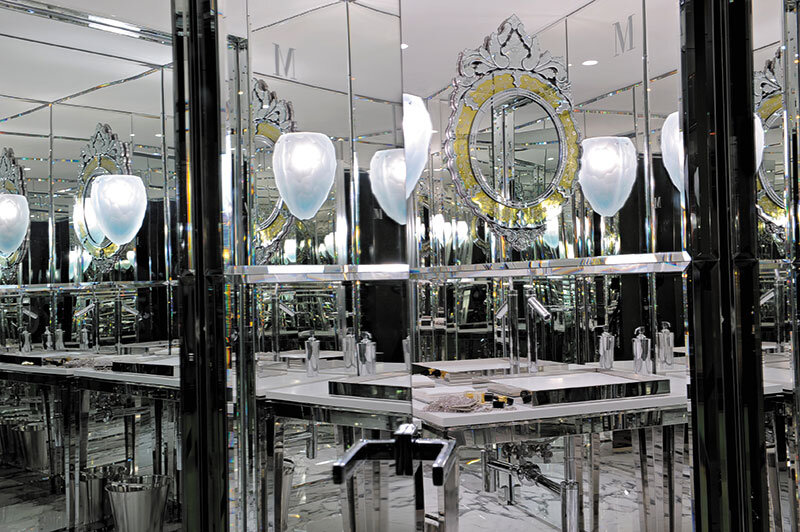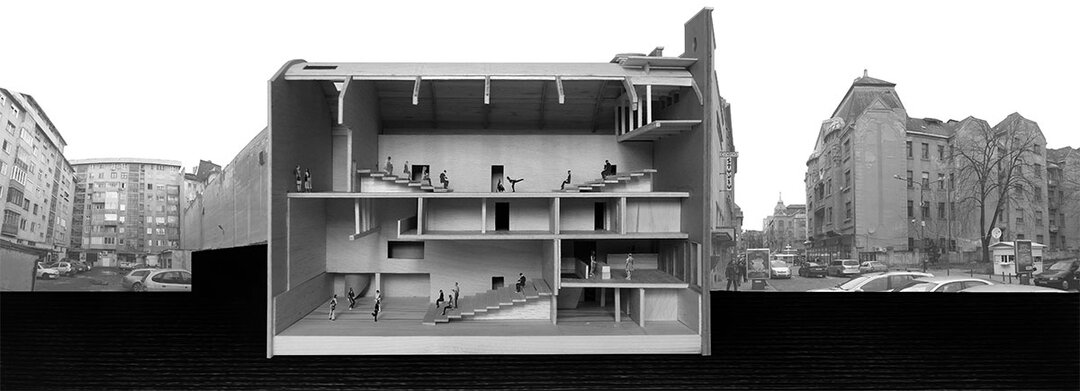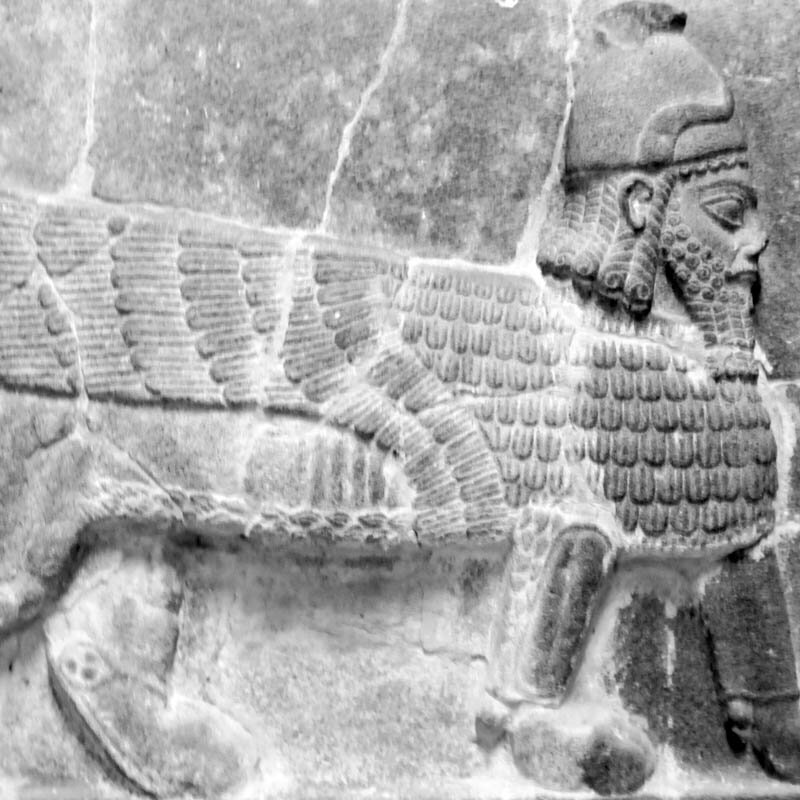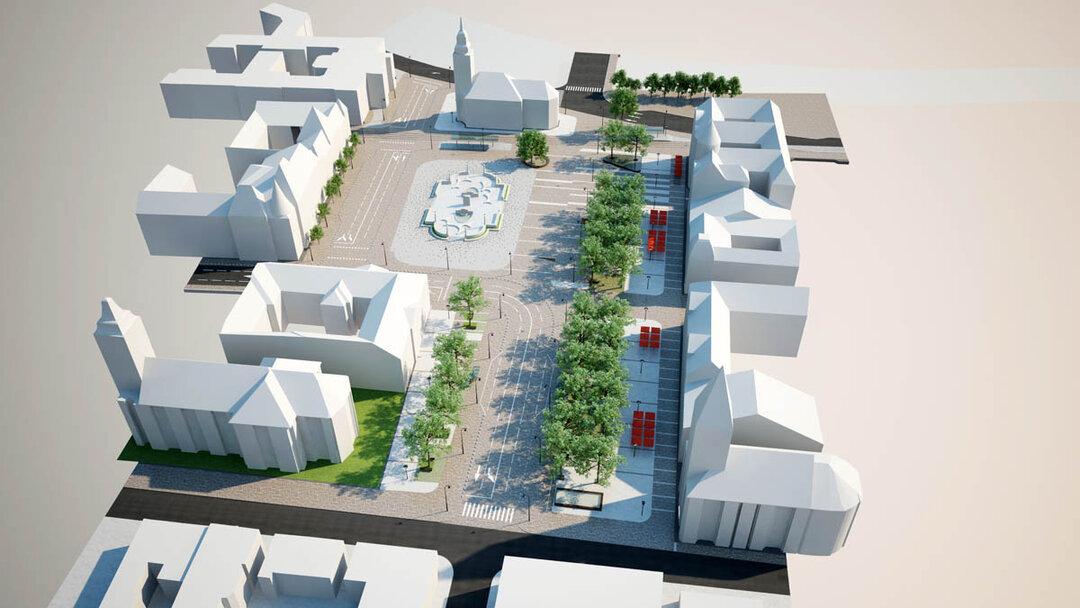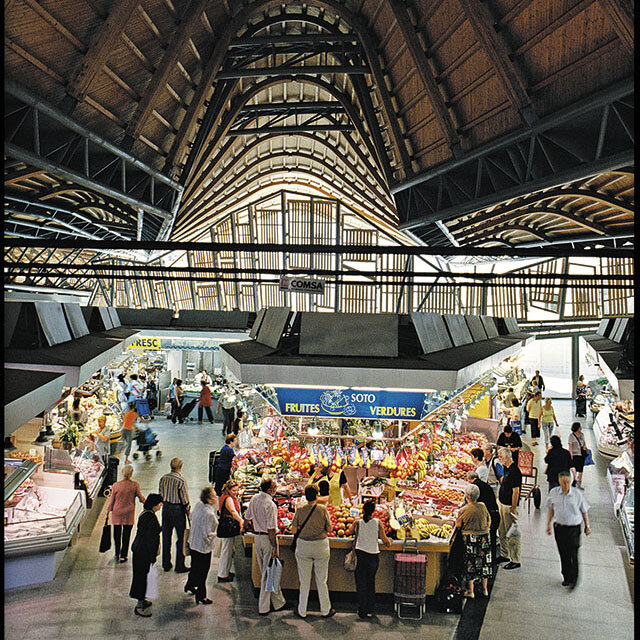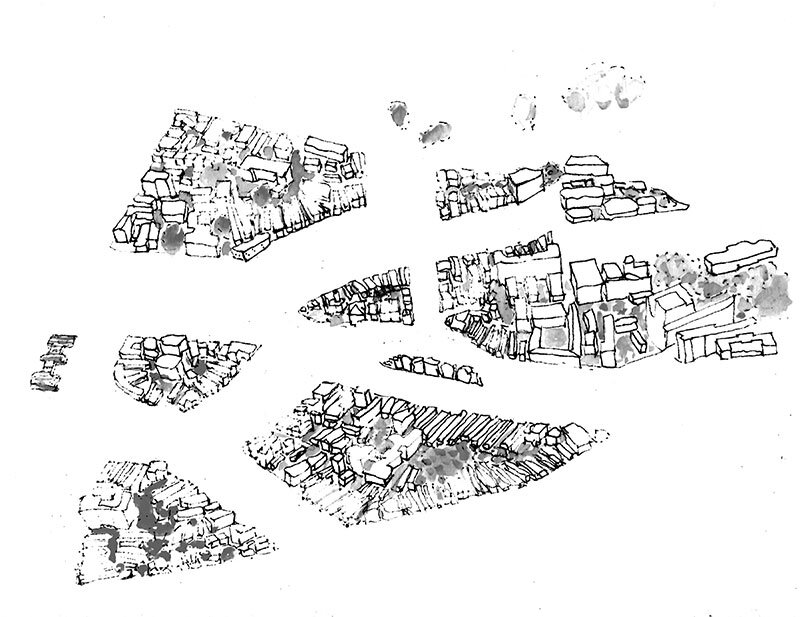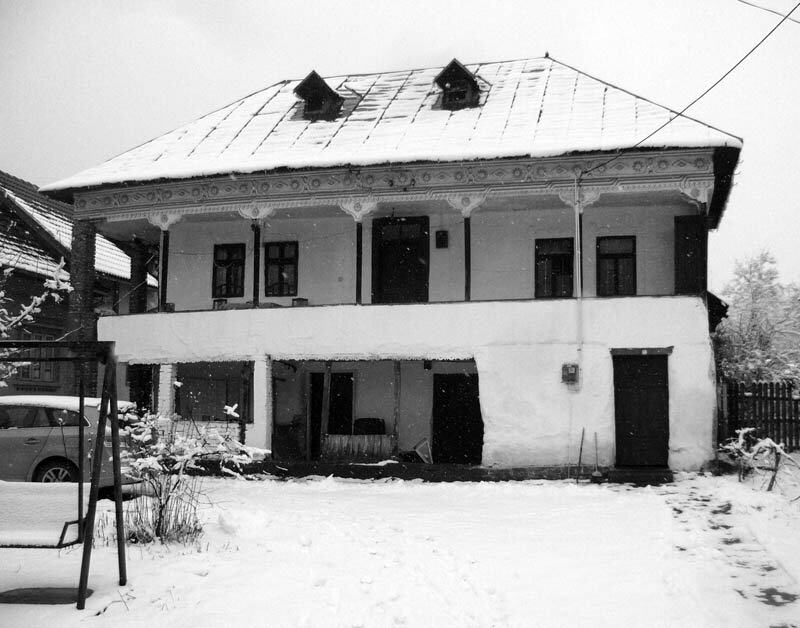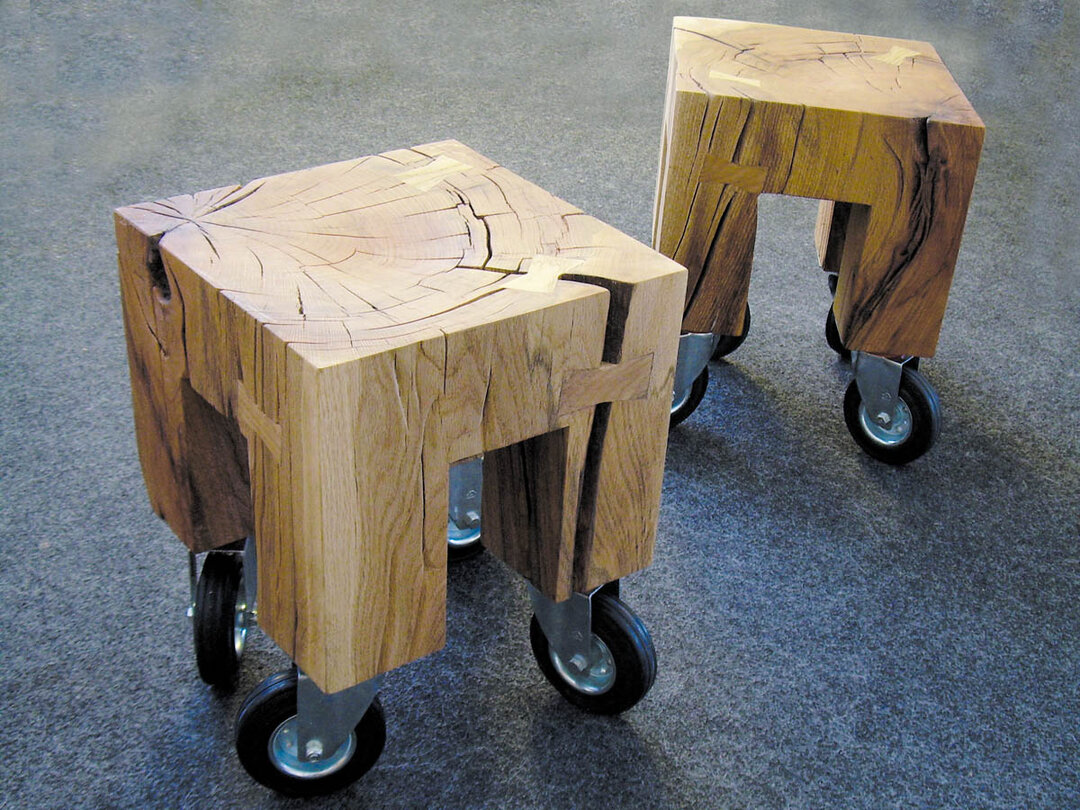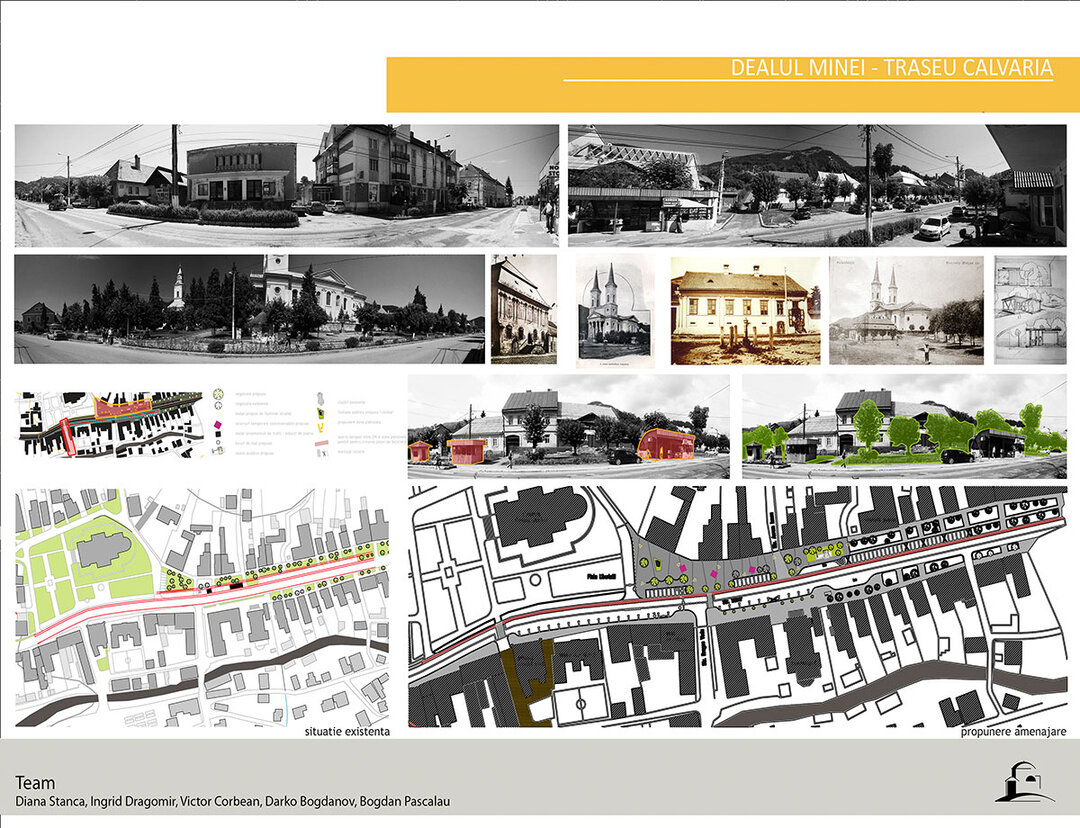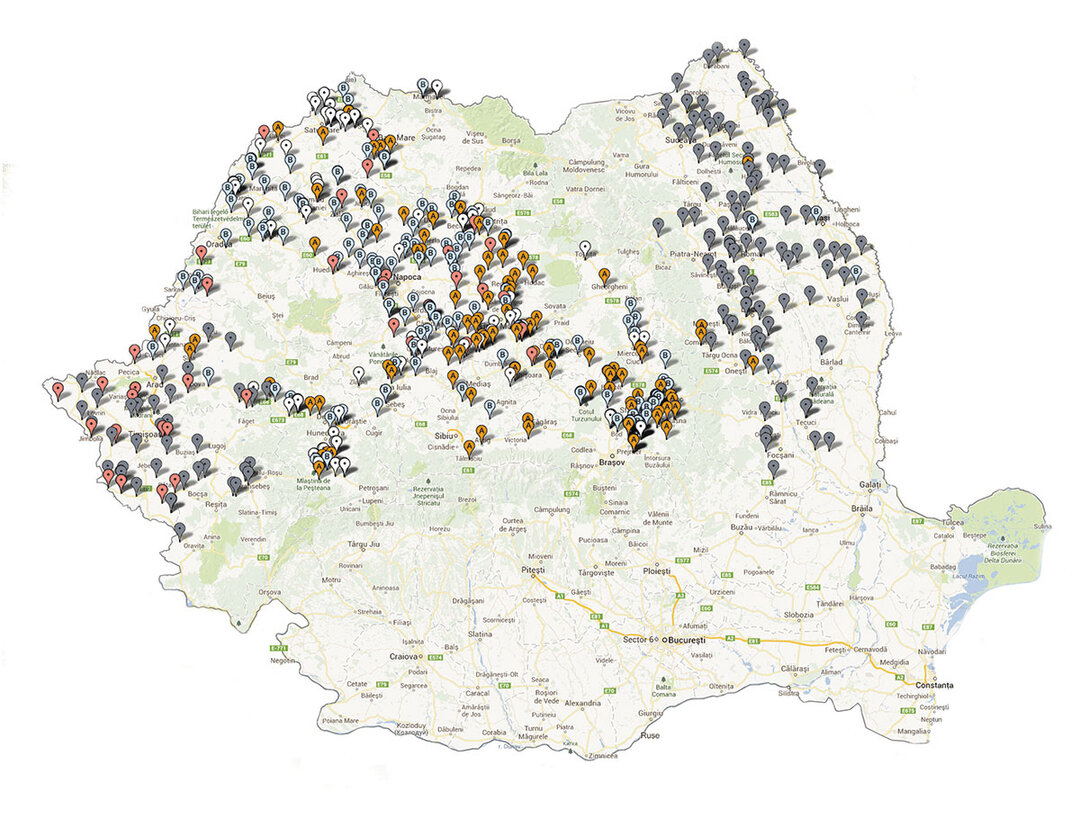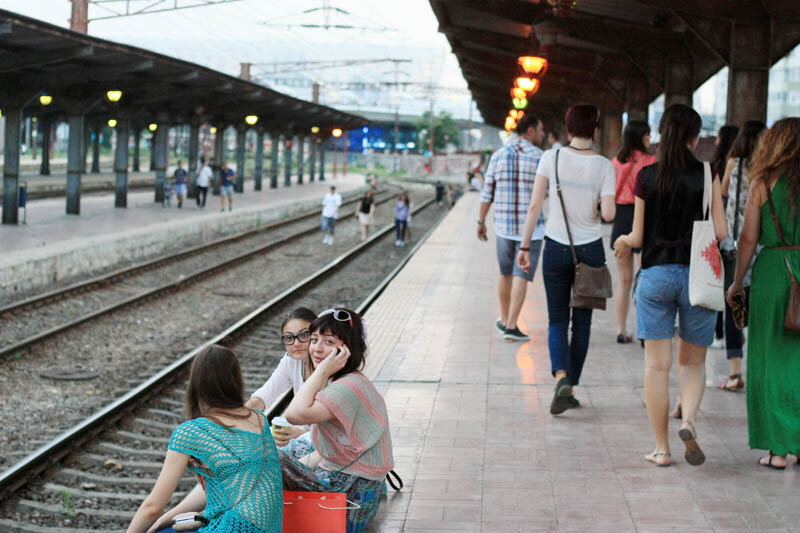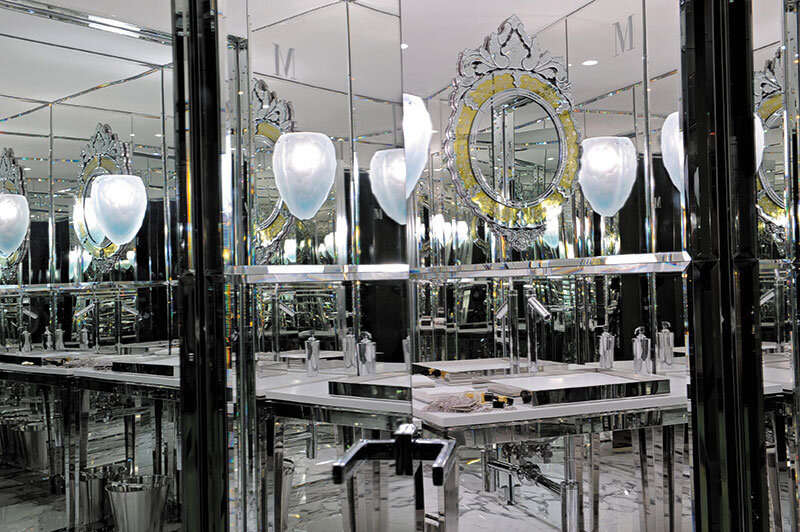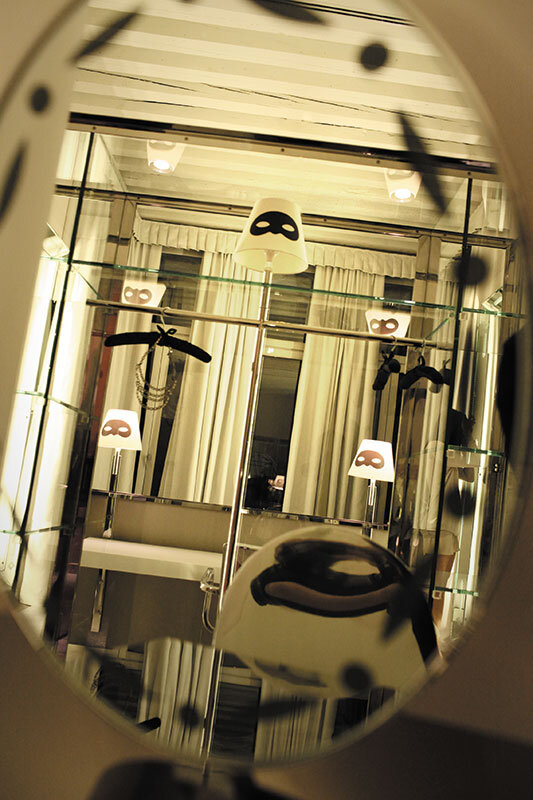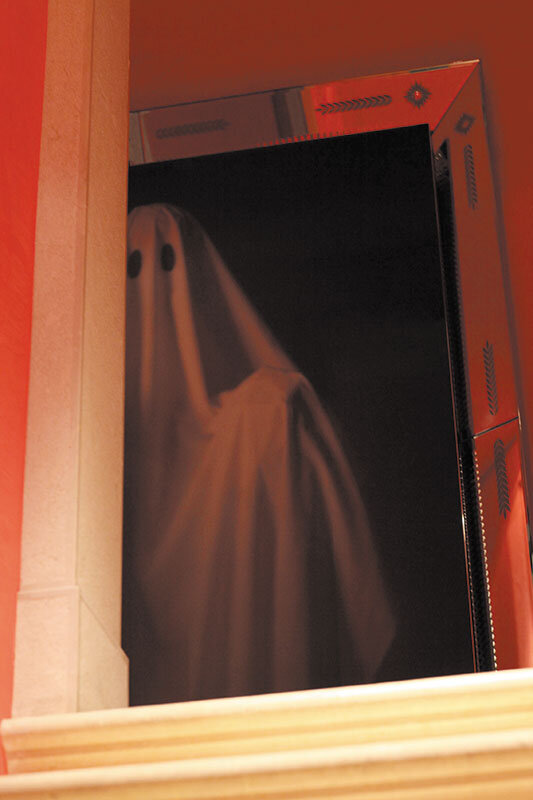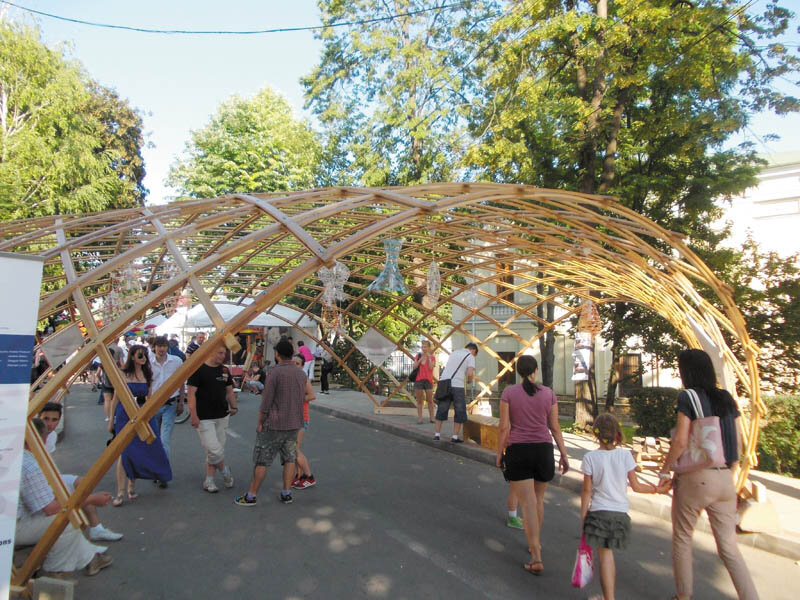
House of Mirrors The image (re)generated...
Looking-Glass HouseThe (Re)Induced Image ...
| "Kitty, would you like to live in the Looking-Glass House? I wonder if they have milk there. Maybe the milk in the House of Mirrors isn't as good. (...) If you leave our parlor door wide open in the House of Mirrors, you can just glimpse the other world out of the corner of your eye: and it is very much like our world as far as you can see of it, though it may be different (...). Oh, Kitty! How nice it would be if we could go through the glass and into the House of Mirrors! I'm sure there are so many beautiful things in it! Let's pretend that we can do it, Kitty, that we can get in! Let's pretend that the glass is as soft as gauze, that we can pass through it."1 |
| "Oh, Kitty! How nice it would be if we could go through the glass and into the House of Mirrors! ", Alice confessed her wish in her conversation with the cat in the story Through The Looking-Glass. Inducing uncertainty, but also the possibility that the reflection may seem real, a mirroring re-generation of the world from the play of appearances2. Frequently, architecture borrows from stage magic the scenographic perception of the illusion of planes, mirrors being a speculative medium. Scenic tricks such as apparition, transformation (distortion), teleportation, escape, levitation fuel the use of mirrors in multiple senses beyond the famous use of doubling.Mirrors in architecture have been used with multiple applications starting from their flatness. We most commonly encounter plane mirrors in specific forms, such as passageways, mirrored hallways, inclined planes or mirroring distortions, inducing illusion. Concave and convex mirrors, in a common, spherical form, are not marginalized, but develop a particular relationship with the foreground, bringing the subject closer and further away. Oeil de Sorcière, or convex mirrors, were widely developed from the 15th century onwards, as can be seen from their use in the interiors of the time and in pictorial representations: the Arnolfini Portrait (Jan van Eyck), the Werl altar (Robert Campin). A particular application of the cylindrical mirror is the phenomenon of anamorphosis. Particular applications of reflectivity are acoustic mirrors, active mirrors (which amplify the effect of light), cold and warm mirrors (defined in relation to the light spectrum), corner mirrors (used in emergency systems), non-reversible mirrors, etc. From a perspective point of view, mirrors develop the magic of illusion, of appearances, disappearances, deformations, transparent environments. A famous example used in cinematography, scenography and magic is the "Pepper ghost", an ingenious system of vertical planes which projects the image in a different place from the one in which it is actually located. Borrowing the name of John Henry Pepper, who popularized it, the phantom develops the original idea and observations of Giambattista della Porta (also known for the camera obscura) in Magia Naturalis (1584), applying the game of reflection to frontal perception. Other applications of the reflexive plane are found in the form of the hall with mirrors (usually in amusement parks, multiplying the image and distorting it, speculating the theme of the multiple), the labyrinth (which relies on disguising the permeability of planes, antithetically leading into rooms with no exit). In literature, the mirror frequently appears already having an archetypal function. Corinthians 13:12 relates chiaroscuro and visible truth: "Now we see as in a mirror darkly; but then we shall see face to face. Now I know in part; but then shall I know fully, even as I have been fully known." |
| Read the full text in Arhitectura 4/2013 |
| 1 Carroll, Lewis - Through The Looking-Glass (free translation), Chapter I, http://www.gutenberg.org/files/12/12-h/12-h.htm, accessed: 03.02.2012. 2 Excerpted and adapted from the PhD thesis Anagrama arhitectură imaginare, chapter House and Boundaries - Crișan, Ana-Maria. The Anagrama of Imaginary Architecture. Metamorphosis - reassessing the temporal paradigm in architecture. Ion Mincu University of Architecture and Urbanism, Bucharest, 2012. |
| "How would you like to live in Looking-glass House, Kitty? I wonder if they'd give you milk in there? Perhaps Looking-glass milk isn't good to drink - if you leave the door of our drawing-room wide open: and it's very like our passage as far as you can see, only you know it may be quite different on beyond. Oh, Kitty! How nice it would be if we could only get through into Looking-glass House! I'm sure it's got, oh! Such beautiful things in it! Let's pretend there's a way of getting through into it, somehow, Kitty. Let's pretend the glass has got all soft like gauze, so that we can get through. Why, it's turning into a sort of mist now, I declare! It'll be easy enough to get through."1 |
| "Oh, Kitty! How nice it would be if we could only get through into Looking-glass House!", Alice confessed the desire in her discussions with Kitty cat in the story Through the Looking-Glass, inducing the uncertainty and the possibility that the reflection looks real; it is in fact a reinducemnet / recreation process through the real world mirroring starting from the game appearances2. Frequently, the architecture borrows from the theatrical magic the scenic perception of the illusion of different planes, the mirrors were a speculative environment. Performing tricks such as emergence, transformation (distortion), teleportation, escaping, levitation, fuel the use of mirrors in multiple directions beyond the famous customary use of the double.In architecture, mirrors were used with multiple applications starting from planarity. We mostly meet the flat mirrors in their specific forms, such as crossings, hall mirror, inclined planes or speculating distortion, inducing an illusion. Not marginalized, the concave and convex mirrors, in their common spherical shape, develop a particular relationship with the first plan, approaching respectively distancing the subject. Oeil de Sorcière, the convex mirrors, have developed on a large scale since the fifteenth century, as is their use in the interiors of the time, and in the pictorial representations: Arnolfini Portrait (Jan van Eyck), the Altar of Werl (Robert Campin). A particular application of the cylindrical mirror is the anamorphosis - phenomenon, while reflection has specific applications with the acoustic mirrors, the active mirrors (which amplify the effect of the light), the cold and hot mirrors (defined in relation to the light spectrum), the corner mirrors (used in emergency systems), the non-reversible mirrors etc.A famous example used in cinematography, costume design and magic is "Pepper's ghost", an ingenious system of vertical planes, placing the image in a different place from its location. Borrowing John Henry Pepper's name, the one who made it popular, the ghost develops the original idea and the observations of Giambattista Della Porta (also known for the darkroom) from Magia Naturalis (1584); it applies the game of the reflection and of the frontal perception. We encounter other applications of the reflective plane in the form of the Hall with mirrors (typically in amusement parks, where, by multiplying the image and prolonging it, the theme of the multiple is speculated), in the labyrinth (that counts on the dissimulation of the assumed permeability, antithetical, leading into sealed rooms). In literature, the mirror appears to often have already an archetypical function. Corinthians 13:12 relate chiaroscuro to the visible truth: "For now we see only a reflection as in a mirror; then we shall see face to face. Now I know in part; then I shall know fully, even as I am fully known". |
| Read the full text in the print magazine. |
| 1 Carroll, Lewis - Through the Looking-Glass, Chapter I - http://www.gutenberg.org/files/12/12-h/12-h.htm, accessed: 03.02.2012. 2 Excerpt from the PhD Thesis The Anagram of the Imaginary Architecture. Metamorphosis - Revaluing the Time Paradigm in Architecture, chapter 3 The House and its Limits - Crisan, Ana-Maria. Anagram of the Imaginary Architecture. Metamorphosis - reevaluating the time paradigm in architecture. "Ion Mincu" University of Architecture and Urbanism, Bucharest, Romania, 2012. |
The author thanks for the support in illustrating the article: Philippe Strack - http://www.starck.com/en/; Hotel La Maison des Champs Elysées -http://www.lamaisonchampselysees.com/; VAV architects - http://vavarchitects.blogspot.ro/;
The author thanks for the support in illustrating the article: Philippe Strack - http://www.starck.com/en/; Hotel La Maison des Champs Elysées - http://www.lamaisonchampselysees.com/; VAV architects - http://vavarchitects.blogspot.ro/;


